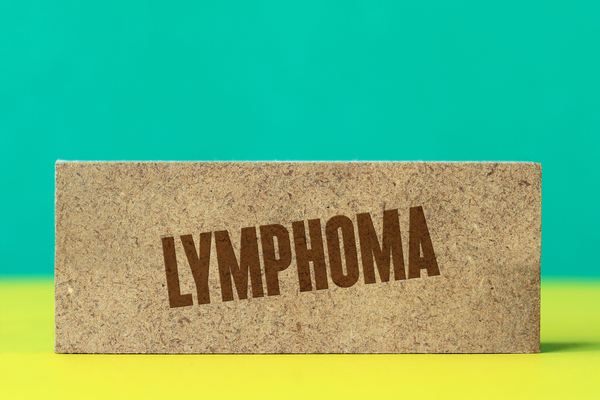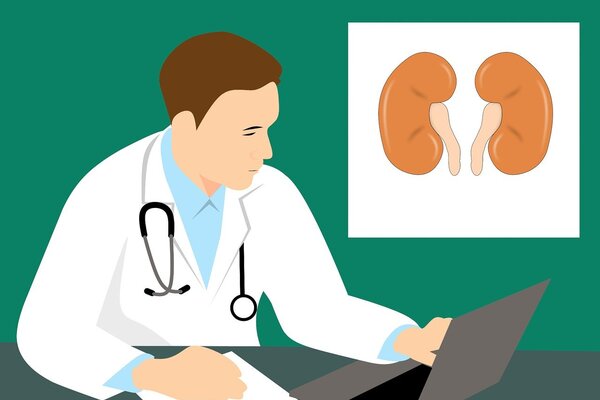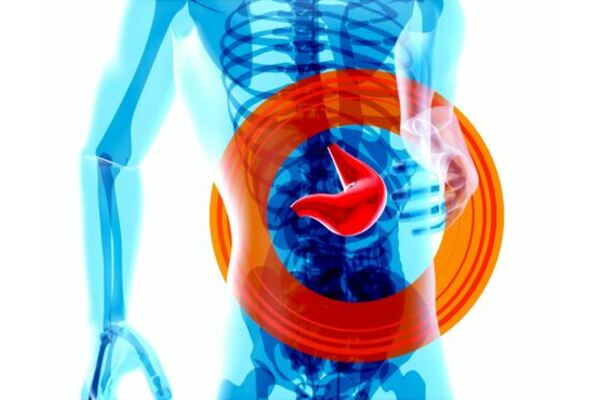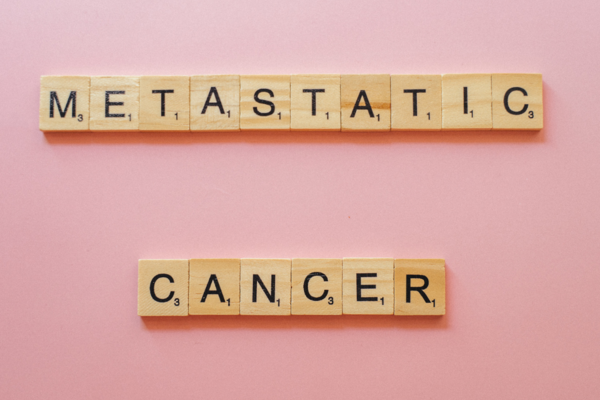Lymphoma cancer
Lymphoma begins in infection-fighting cells of the immune system, called lymphocytes, which change and grow out of control.

The lymphocytes are found in the lymph nodes, spleen, thymus, bone marrow, and other parts of the body.
There are 2 types of lymphoma: Non-Hodgskin (most common) and Hodgskin; they both involve different types of lymphocyte cells.
Lymphoma is very treatable, and the outlook can vary depending on the type of lymphoma and its stage.
What are the symptoms?
What are the treatments?
The main treatments for non-Hodgskin are:
The main treatments for Hodgkin lymphoma are:
What are the risk factors?
Non-Hodgkin lymphoma
Hodgkin lymphoma
More information on:
 Kidney Cancer
Kidney Cancer Liver Cancer
Liver Cancer Living with Metastasised Breast Cancer (MBC)
Living with Metastasised Breast Cancer (MBC) Urological Cancers
Urological Cancers